Please view our updated COVID-19 guidelines and visiting procedures →.
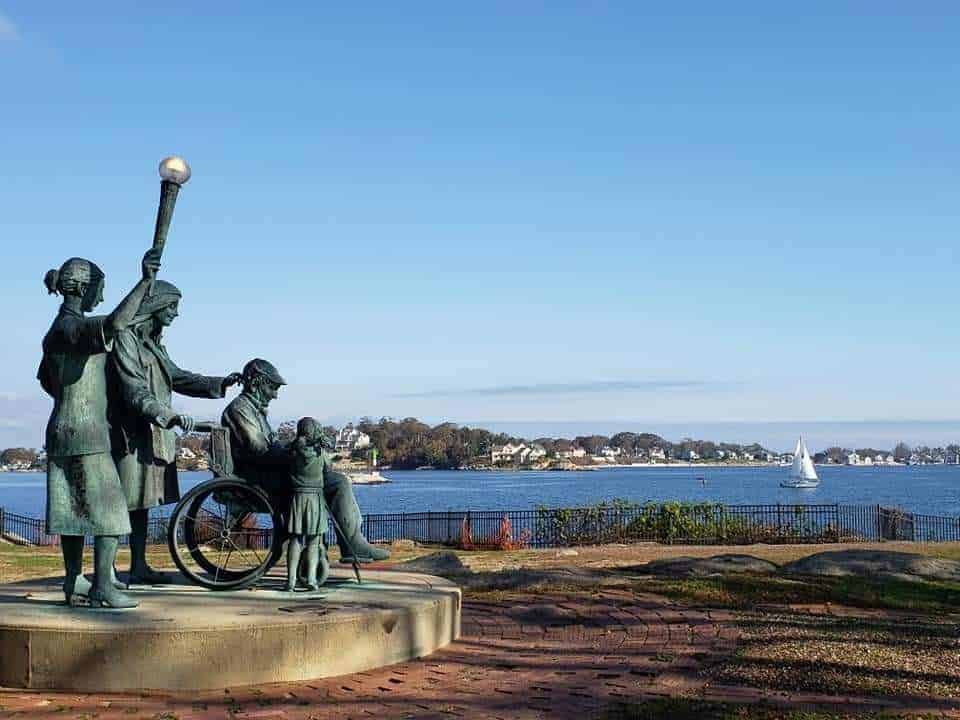
Many of the founders of Connecticut Hospice left papers at Yale and in other places. Florence Wald, our founder, wrote notes and articles that teach us a great deal about what the attitudes and practices in medicine were that led to the need for changes in end-of-life care. Dennis Rezendes, the first paid Administer of Connecticut Hospice, also founded the first national hospice organization, which evolved into today’s National Hospice and Palliative Care Organization (NHPCO). They have kept his memoir, which adds richly to the material already stored around New Haven.
We knew that Florence Wald met Dame Cicely Saunders, the founder of Saint Christopher’s in London, the world’s first hospice, at a talk at Yale Medical School in the early 1970s. She stepped down as Dean of the Yale School of Nursing to spend time in England, learning about hospice care, with the goal of bringing it back to Connecticut.
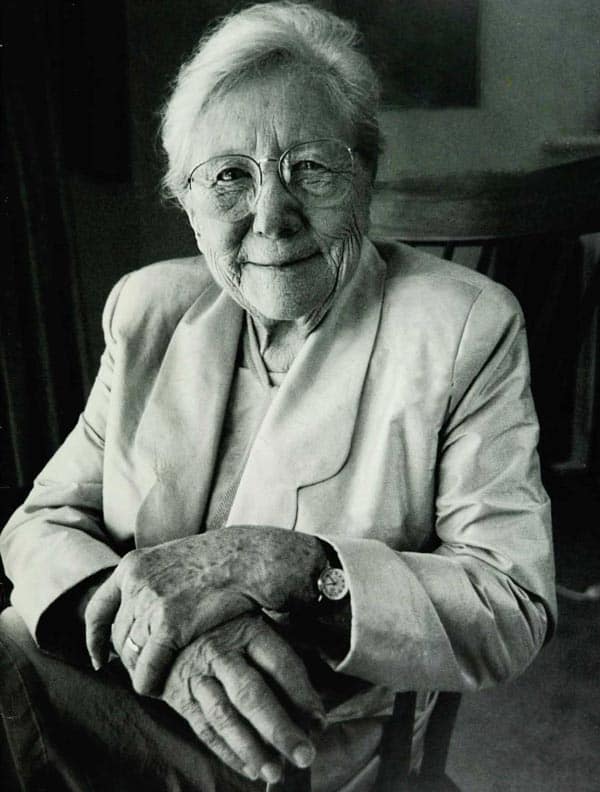
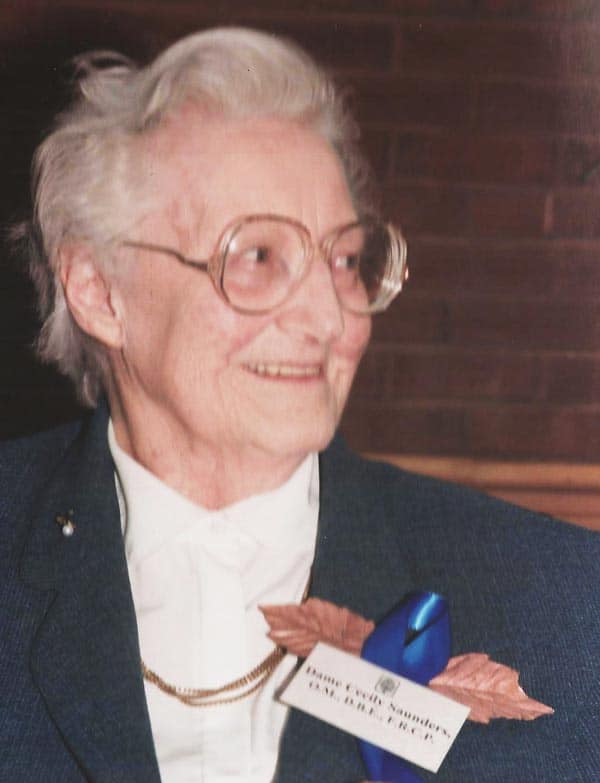
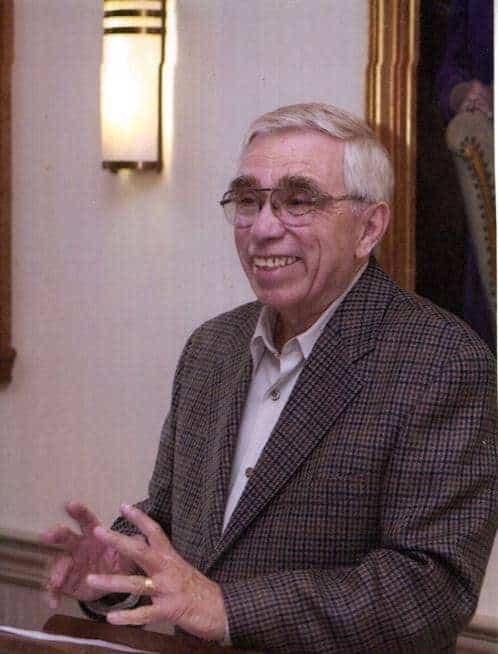
When she did, she assembled a group of doctors, including Morris Wessel and Ira Goldenberg, nurses, nuns, and ministers, including Ed Dobihal. They formed the core of what became The Connecticut Hospice. When Dennis Rezendes came along, having spent ten years in the administration of New Haven Mayor Richard C. Lee (which also produced national figures in urban planning and other fields), he began the political process of forming an organization. By July of 1974, Connecticut Hospice was providing home care to patients from an office housed at Albertus Magnus College in New Haven. Meanwhile, Rezendes pursued building an inpatient facility for Connecticut Hospice in Branford.
The very first grants came from the Connecticut Medical Regional Planning Group and The New Haven Foundation, which became the Community Foundation for Greater New Haven that we know today. Rezendes worked with many of the State’s political leaders in order to secure the legislation and the funds to move forward. He was close to Governor Ella Grasso, who championed hospice care from the beginning. She helped obtain funds for building and even budget money for what became the J.D. Thompson Institute, which still is the parent corporation over Connecticut Hospice, and which brought hospice training to Connecticut and the country. Sadly, she died of cancer shortly after stepping down as Governor due to her illness, and without hospice care herself.
On the national level, there are wonderful stories of the various connections made and used to pass national legislation allowing Medicare to cover hospice care. The bill was signed in 1983 by President Ronald Reagan, but the groundwork began much earlier, and involved both Congressman Robert Giaimo of Connecticut’s Third Congressional District and many others, including Senators Ted Kennedy and Bob Dole. Connecticut Hospice was the first of the many hospices to be paid by the Center for Medicare Services, and today accounts for 87% of its budget. Originally, insurance companies were approached one by one, especially since Connecticut had so many headquartered here; today, the benefits are broader and more common.
There are wonderful stories about early deficits covered at the last minute by angels giving gifts (that hasn’t changed!), help is given by so many politicians (again, nothing new there!), and twists and turns along the way. One such gift became the seed money for the Charlie Mills Day Care Center, where toddlers shared common areas with Connecticut Hospice patients. Our current Board Chair’s daughter attended, and we have a clip of a young Tom Brokaw narrating the story of the daycare at our original location, on the NBC Evening News. While the Connecticut Hospice no longer houses a daycare facility, we allow the Town of Branford to use our beautiful waterfront pool for recreational swimming, bringing children and families into the building again. During the Holidays, patients and staff members bring children for an afternoon of arts and crafts and visit with Santa.
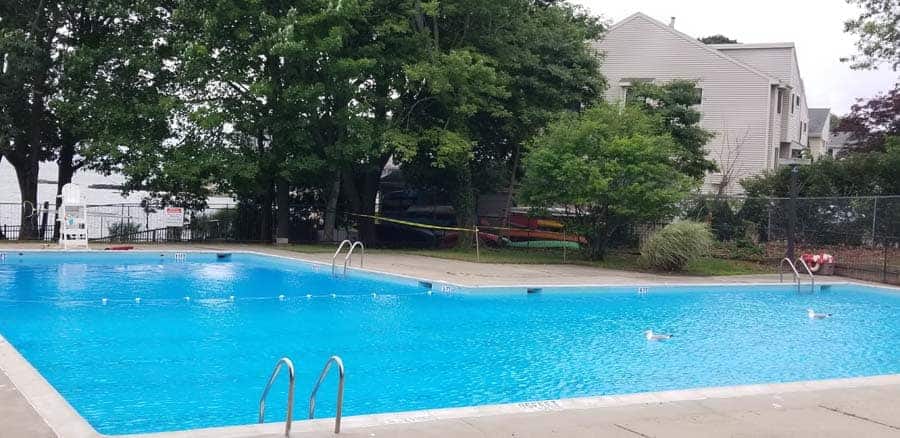
The groundbreaking for our first inpatient facility at 61 Bourbon Drive in Branford, had over 1200 people attending, and took place in November of 1977. It was made possible with a State grant, a Kresge Foundation gift, $1 million from the department of Health, Education, and Welfare, (now HHS), some individual fundraising, and a mortgage from the First New Haven National Bank, through the assistance of its President, Tom Hooker.
One of the many delightful side anecdotes involves New Haven’s Long Wharf Theatre production of The Shadow Box, written by Michael Cristofer about hospice care at Connecticut Hospice. With the understanding that the 1970s was a very different time, Rezendes was worried because one of the main storylines involved a gay couple. He was afraid that it would bring negative press to Connecticut Hospice, and tried to get the theater’s Chair, Newt Schenck, to block the production. He writes about sitting nervously in the darkened theater on opening night, realizing that the audience loved the moving and important play. It went on to Broadway, where it won a Tony. It also won the Pulitzer Prize for Drama, so it is truly fortunate that he was not able to stop the Long Wharf premiere!

Of course, Connecticut Hospice went on to move once again, to its current location, in another interesting chapter of our story. That involves the transition of the Double Beach Club, a local tennis and swim facility, into the Echlin Company’s world headquarters, and then into Connecticut Hospice beginning in 1999. Fred Mancheski, CEO of Echlin and Chair of the Connecticut Hospice Board for many years, championed that move. The numbers were much bigger, but the fundraising, governmental assistance, and other challenges remained much the same. Today, our 52-bed, waterfront inpatient facility provides the peace and serenity that are moving to so many patients and their families.
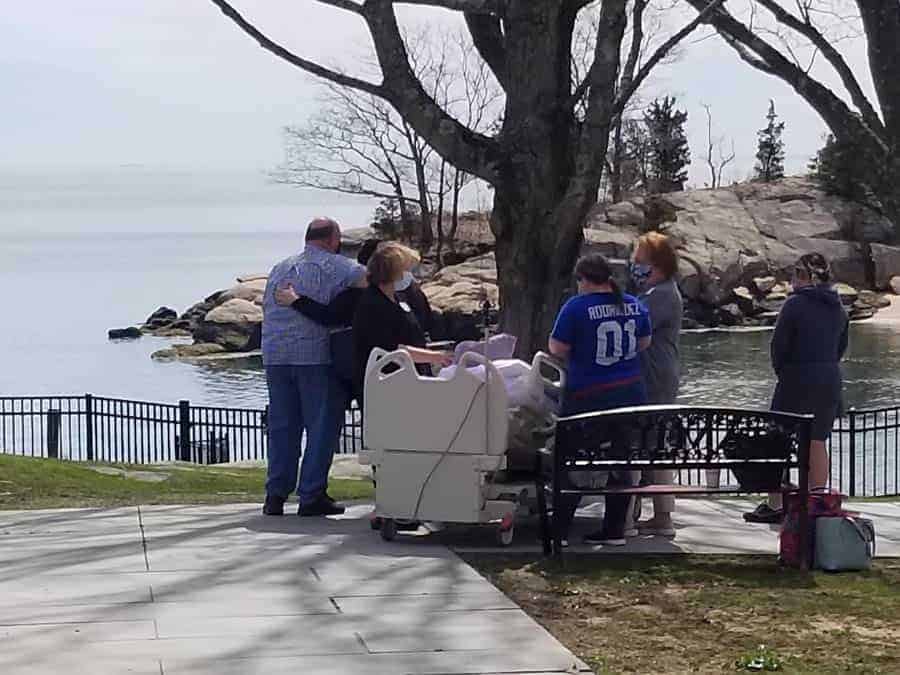
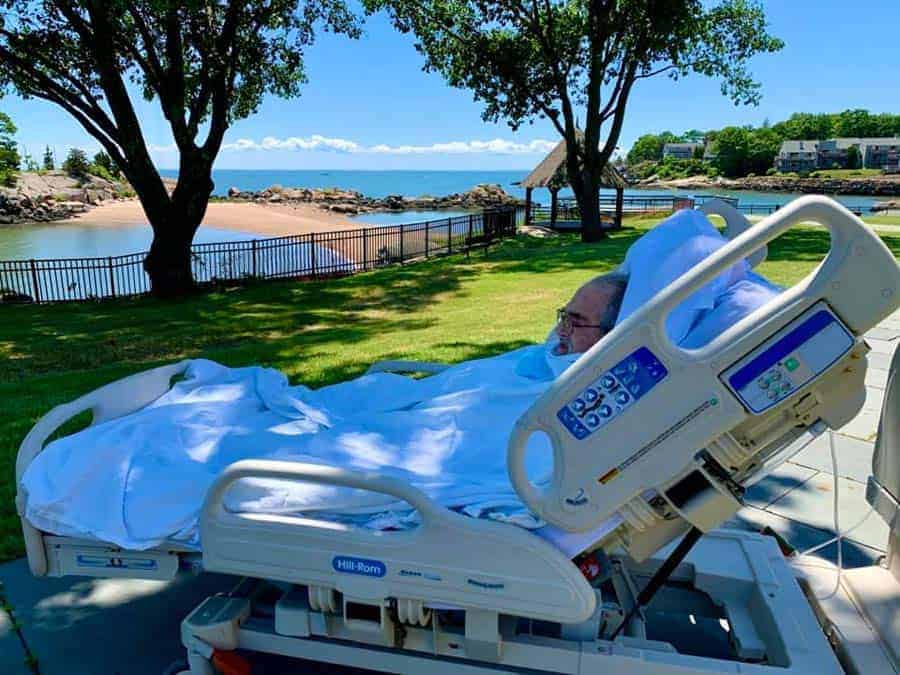
Dennis Rezendes went on to other endeavors, ending up in Boulder, Colorado. He left us with a rich legacy, as did Florence Wald and her early helpers. So many parts of US, Connecticut, and New Haven history are woven into many stories such as the one above, and they provide a timeline of the changes in our country, our health care system, and our attitudes toward serious illness and death. It is amazing to read about how many interventions and lucky connections took place along the way. The farsighted people who provided leadership in so many other areas were often the same ones who championed our cause along with our predecessors. There are many more than those mentioned here, and we stand on their shoulders. We are, and should be, so grateful to the pioneers who founded The Connecticut Hospice, and, in the process of doing so, transformed end-of-life care for everyone.

As a not-for-profit, we depend on generous donors to help us provide customized services and therapies that aren’t completely covered by Medicaid, Medicare, or private insurance.
Please make a gift to help us sustain the highest standard of care.
Admissions may be scheduled seven days a week.
Call our Centralized Intake Department: (203) 315-7540.